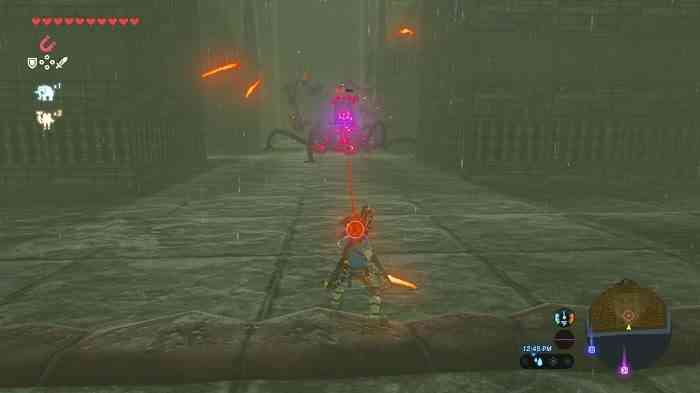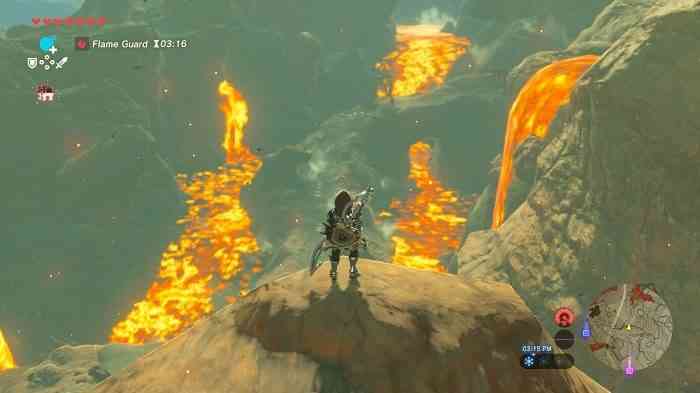Breath of the Wild: Traditions Lost and Kept
The Legend of Zelda: The Wind Waker, was one of the first video games I ever owned. I played it on and off for years, admittedly finishing my first full playthrough of the game not too long ago. That one play file spanned ten years of my life. In contrast to that, I have pretty much been playing The Legend of Zelda: Breath of the Wild at every moment I can spare for the past few weeks, and I do believe I am reaching its denouement.
I have played several Zelda titles since I first picked up Wind Waker, so the conventions of the series — the linear gameplay, the colossal dungeons, the fact that Link could not jump — these were all old friends to me. And Breath of the Wild, well, it killed them beautifully. You can check out our review in the video below and read on for a look at five conventions traditional to Zelda that have been absolutely shattered this time around but also one very important one that was kept soundly in place.
1 – Dungeons
Remember those vast and foreboding dungeons in previous Zelda games? Those oppressive things that I constantly put off doing because I felt trapped in there, unable to play freely in the game’s overworld because I would be stuck in there figuring out how to get the next small key?

I spent two years (on and off, playing Super Mario Galaxy instead) in Twilight Princess‘ water temple. I haven’t spent more than an hour in any of Breath of the Wild‘s, and I am living. While I do miss the complexity of those impressive dungeons (solving one often felt like unraveling a huge tangled ball of yarn — frustrating yet deeply satisfying), the concise shrines of Breath of the Wild allow the player to easily go back to enjoying its greatest strength — the game’s vast open world. And the larger dungeons of the game are really just puzzle rooms as well, but you can hold them in your hands and turn them round and round. These pale in comparison with the intricacy of older Zelda dungeons, but taking them on never feels insurmountable or game-stopping — you know you can bowl right through them and be in the next town in no time at all while still enjoying a bit of a brain teaser.
2 – Combat
Combat had always been a gradually evolving beast in past Legend of Zelda titles as you unlocked a wider range of weapons by progressing through the game. You got weapons in a very specific order, you could only use them in specific circumstances, and most importantly, they lasted forever.

Breath of the Wild breaks this as easily as a tree branch snapping over the head of a Bokoblin. Here all weapons are transient, and if you happen to get a bow in the fifth chest of the game you open, nothing is stopping you from using that thing until it shatters. Some players may find this fragility annoying, but to me, it adds to the excitement of a fight. In previous Zeldas, once you have a combat style down, you can pretty much rinse and repeat for the rest of the game on the lesser enemies. But in Breath of the Wild, you must be quick on your feet even when facing standard monsters, as a weapon shattering can change the dynamic of a fight mid-battle. You slash at a Lynel with a sword until it shatters, you quickly swap to a spear, and it suddenly becomes a different fight. And as the bout goes on, you eventually use the cooler weapons you have been saving up. There is something incredibly satisfying about rinsing through your carefully hoarded weapons, killing the beast, and opening your inventory to see something of a clean slate.